Contents
Understanding Chicken Pox: Causes, Symptoms, and Treatment for Darker Skin Tones
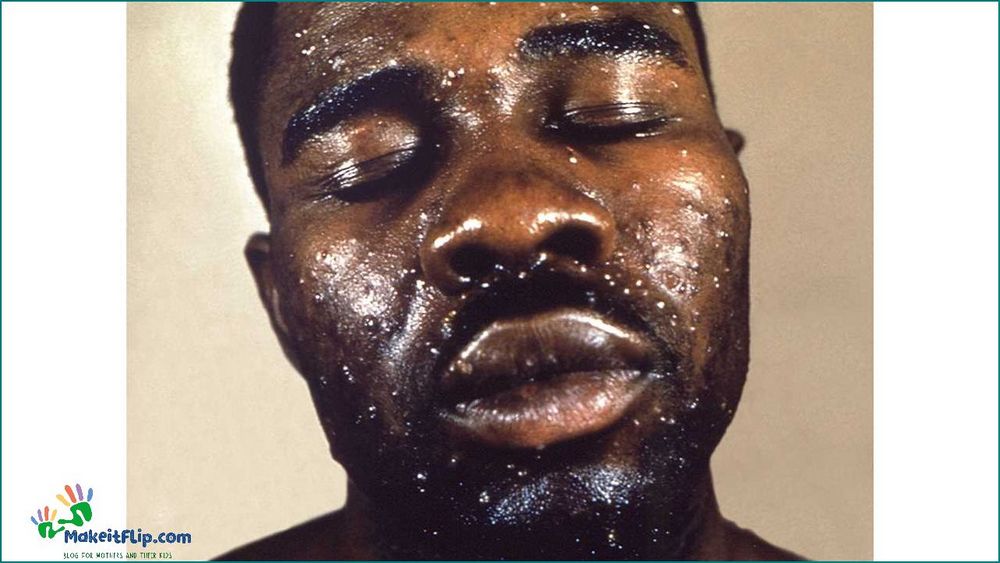
Chicken pox, also known as varicella, is a highly contagious viral infection that primarily affects children. It is characterized by the appearance of itchy red pox on the skin. In some cases, these pox can turn black, which can be a cause for concern.
The blackening of the pox is usually a result of the scabbing process. As the pox start to heal, they form scabs, which can sometimes appear dark in color. This is a normal part of the healing process and does not necessarily indicate any complications.
However, in some cases, the blackening of the pox can be a sign of secondary infection. If the pox become infected, they may develop pus and turn black. This can be a more serious condition and may require medical attention.
Treatment for chicken pox aims to relieve symptoms and prevent complications. This may include antiviral medications to reduce the severity and duration of the infection, as well as over-the-counter pain relievers and anti-itch creams to alleviate discomfort. It is important to keep the pox clean and dry to prevent infection.
If you notice any unusual blackening of the pox or signs of infection, it is important to consult a healthcare professional for proper diagnosis and treatment.
Causes of Chicken Pox Black Skin
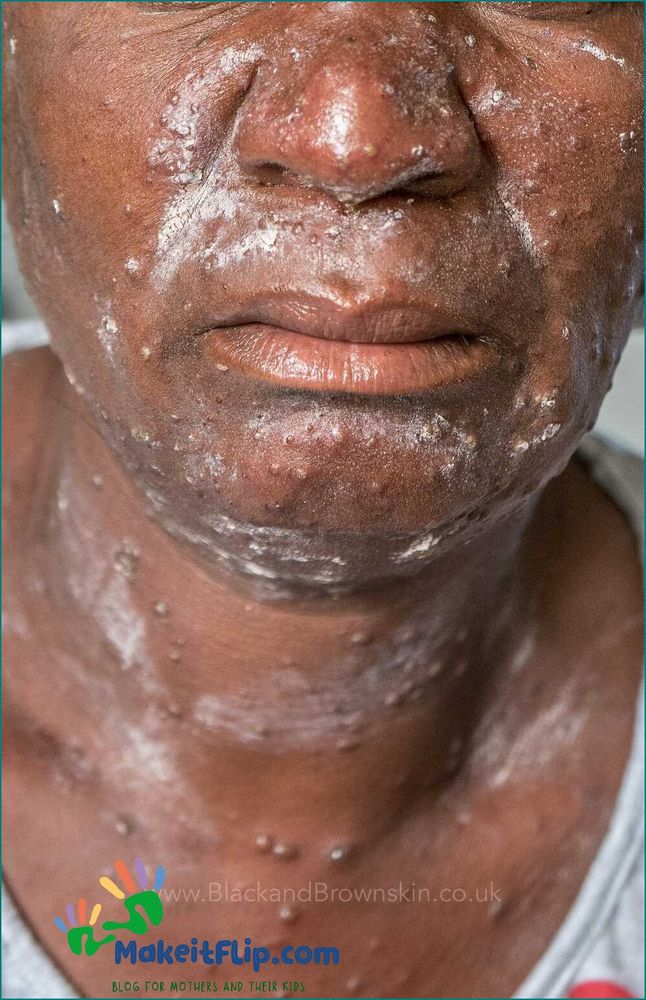
The black skin that occurs during chicken pox is caused by the formation of scabs and crusts on the skin. When a person has chicken pox, the virus causes itchy red spots to appear on the skin. These spots then develop into blisters filled with fluid. As the blisters heal, they form scabs, which can appear black in color.
Additionally, scratching the itchy chicken pox blisters can also contribute to the development of black skin. Scratching can break the blisters open, leading to bleeding and scab formation. If the scabs are repeatedly scratched or picked at, they may become darker in color.
It is important to avoid scratching chicken pox blisters to prevent further complications and minimize the risk of black skin. Keeping the skin clean and applying soothing lotions or creams can help alleviate itching and promote healing.
In rare cases, chicken pox can also lead to more severe skin complications, such as skin infections or necrotizing fasciitis. These conditions can cause the skin to turn black and require immediate medical attention.
Post-Inflammatory Hyperpigmentation
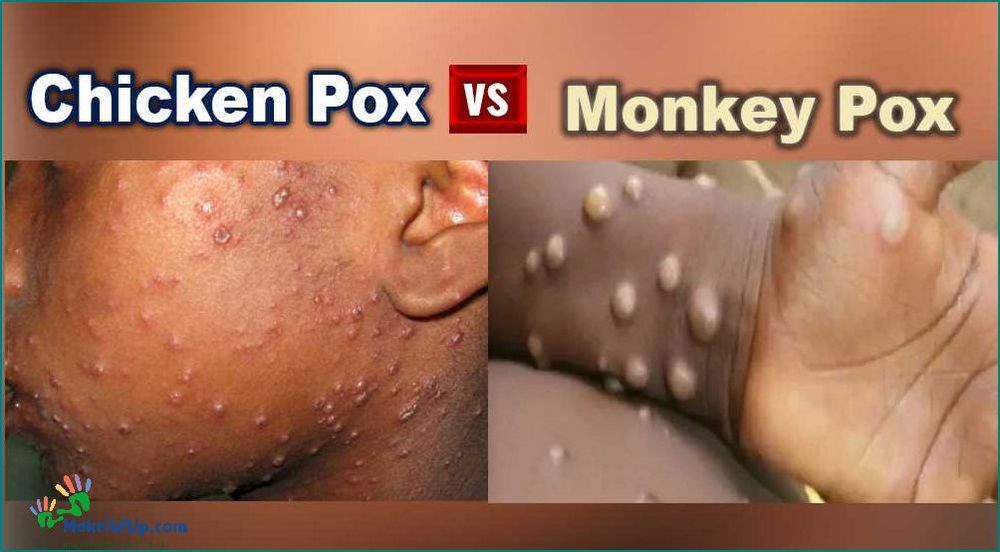
Post-inflammatory hyperpigmentation (PIH) is a common skin condition that can occur after a chicken pox infection. It is characterized by dark patches or spots on the skin that develop as a result of the body’s inflammatory response to the infection.
During a chicken pox infection, the body produces excess melanin, the pigment that gives color to the skin. In some cases, this excess melanin can become trapped in the skin, leading to the development of dark patches or spots. These patches or spots can range in color from light brown to dark brown or black.
PIH is more common in individuals with darker skin tones, as they naturally produce more melanin. However, it can occur in individuals of any skin tone. The condition is usually temporary and will fade over time, but it can take several months or even years for the skin to return to its normal color.
Treatment options for PIH include topical creams or ointments that contain ingredients such as hydroquinone, retinoids, or corticosteroids. These medications can help to lighten the dark patches or spots and even out the skin tone. In some cases, laser therapy or chemical peels may be recommended to further improve the appearance of the skin.
It is important to protect the skin from further damage during the healing process. This can be done by avoiding excessive sun exposure and using sunscreen with a high SPF. It is also important to avoid picking or scratching at the affected areas, as this can worsen the condition and potentially lead to scarring.
If you are experiencing post-inflammatory hyperpigmentation after a chicken pox infection, it is recommended to consult with a dermatologist for an accurate diagnosis and appropriate treatment plan.
Secondary Infection
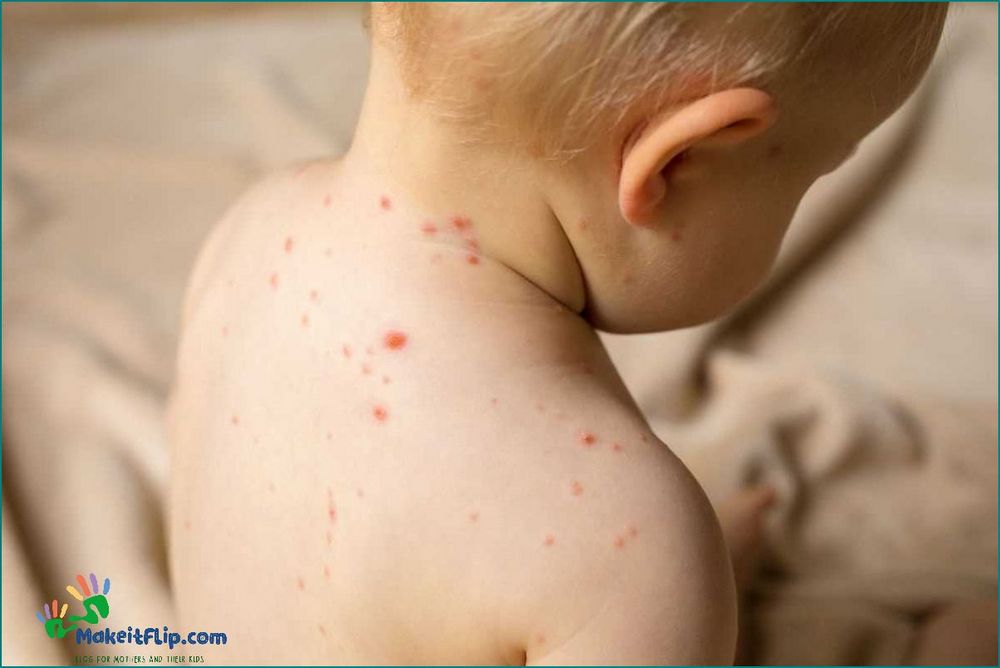
Secondary infection is a common complication that can occur in individuals with chicken pox. The black, itchy pox that appear on the skin can create an entry point for bacteria, leading to an infection.
When a secondary infection occurs, the symptoms can become more severe. The affected area may become red, swollen, and painful. Pus may also develop, indicating the presence of bacteria. It is important to seek medical attention if a secondary infection is suspected.
Treatment for secondary infection typically involves antibiotics to eliminate the bacterial infection. It is also important to keep the affected area clean and dry to prevent further complications. In some cases, antiviral medications may also be prescribed to help manage the chicken pox virus.
Preventing secondary infection is crucial. It is recommended to avoid scratching the pox to minimize the risk of introducing bacteria. Keeping the skin clean and practicing good hygiene can also help reduce the chances of developing a secondary infection.
If you suspect a secondary infection or have any concerns about your chicken pox symptoms, it is best to consult with a healthcare professional for proper diagnosis and treatment.
Symptoms of Chicken Pox Black Skin
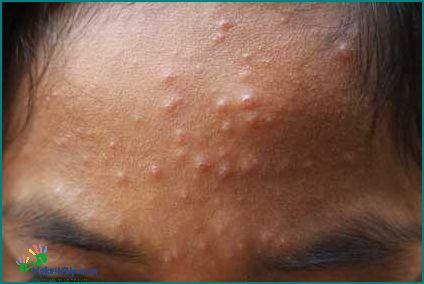
Chicken pox is a highly contagious viral infection that primarily affects children. One of the symptoms of chicken pox is the appearance of black spots or lesions on the skin.
These black spots are known as “black pox” and are caused by bleeding under the skin. The spots can vary in size and may be flat or raised. They can appear anywhere on the body, including the face, trunk, and limbs.
Black pox is more common in older children and adults, and it can be a sign of a more severe case of chicken pox. The spots may be accompanied by other symptoms such as fever, headache, and fatigue.
If you or your child develops black spots on the skin along with other symptoms of chicken pox, it is important to seek medical attention. A healthcare professional can provide a proper diagnosis and recommend appropriate treatment options.
Treatment for chicken pox black skin may include antiviral medications to help reduce the severity and duration of the infection. It is also important to keep the affected areas clean and dry to prevent secondary infections.
Additionally, it is important to avoid scratching the black spots, as this can lead to scarring. Over-the-counter creams or lotions may help relieve itching and discomfort.
Overall, if you notice black spots on the skin along with other symptoms of chicken pox, it is important to consult a healthcare professional for proper diagnosis and treatment.
Dark Spots

Chicken pox is a viral infection that causes itchy red spots on the skin. These spots can sometimes leave behind dark spots or scars on the skin, commonly referred to as “pox marks” or “pockmarks”. These dark spots are caused by the inflammation and damage to the skin caused by the chicken pox virus.
The dark spots left behind by chicken pox can vary in size and color. They can range from small, light brown spots to larger, darker spots. The severity of the dark spots can also vary depending on the individual and the severity of their chicken pox infection.
While the dark spots left behind by chicken pox can be unsightly, they are usually temporary and will fade over time. However, it can take several weeks or even months for the dark spots to completely disappear. In some cases, the dark spots may persist for longer periods of time or may require additional treatment to fade.
Treatment options for dark spots caused by chicken pox include topical creams or ointments that contain ingredients such as hydroquinone, retinol, or kojic acid. These ingredients can help to lighten the dark spots and even out the skin tone. In more severe cases, laser therapy or chemical peels may be recommended to help fade the dark spots.
It is important to protect the skin from further damage and irritation while the dark spots are healing. This includes avoiding excessive sun exposure, using a gentle cleanser and moisturizer, and avoiding picking or scratching at the dark spots.
If you are concerned about the dark spots left behind by chicken pox, it is recommended to consult with a dermatologist who can provide personalized treatment options and advice.
| Causes | Symptoms | Treatment |
|---|---|---|
| Chicken pox virus | Itchy red spots | Topical creams, laser therapy, chemical peels |
| Inflammation and damage to the skin | Dark spots | Hydroquinone, retinol, kojic acid |
| Pox marks, pockmarks | Gentle skincare, sun protection |
Scarring
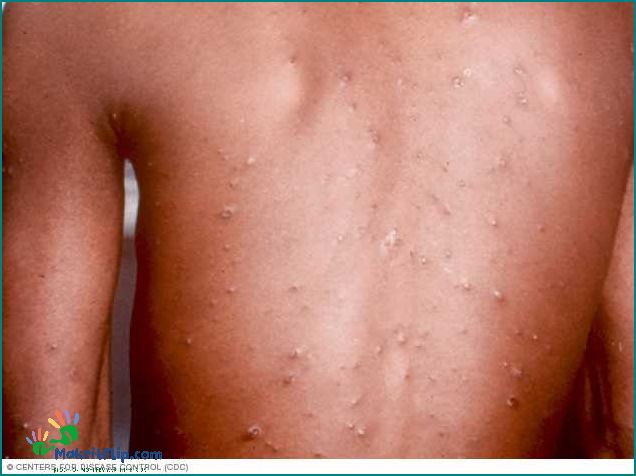
Chickenpox can sometimes leave behind scars on the skin, especially if the blisters are scratched or picked at. These scars can vary in size and shape, and may appear as dark spots or depressions in the skin.
Black skin individuals may be more prone to developing scars from chickenpox due to the increased melanin levels in their skin. Melanin is the pigment responsible for the color of the skin, hair, and eyes. Higher levels of melanin can lead to more pronounced scarring.
It is important to avoid scratching or picking at chickenpox blisters to minimize the risk of scarring. Keeping the skin clean and moisturized can also help promote healing and reduce the likelihood of scarring.
If scarring does occur, there are various treatment options available. These may include topical creams or ointments, laser therapy, chemical peels, or microdermabrasion. It is best to consult with a dermatologist to determine the most appropriate treatment for individual cases.
While scarring from chickenpox can be distressing, it is important to remember that over time, most scars will fade and become less noticeable. Taking proper care of the skin during the healing process can help minimize the appearance of scars and promote a smoother, healthier complexion.
FAQ about topic Chicken Pox Black Skin Causes Symptoms and Treatment
What is chicken pox?
Chicken pox is a highly contagious viral infection caused by the varicella-zoster virus. It is characterized by itchy red spots or blisters that appear all over the body.
How is chicken pox transmitted?
Chicken pox is transmitted through direct contact with the rash or by inhaling respiratory droplets from an infected person. It can also be spread by touching objects or surfaces contaminated with the virus.
What are the symptoms of chicken pox?
The symptoms of chicken pox include fever, headache, fatigue, loss of appetite, and the characteristic itchy rash. The rash starts as red spots and then progresses to fluid-filled blisters, which eventually scab over and heal.
Can chicken pox cause black skin?
Yes, chicken pox can cause black skin in some cases. This is known as post-inflammatory hyperpigmentation, which occurs when the skin produces excess melanin in response to inflammation. The black skin usually fades over time, but it may take several months to completely disappear.
What is the treatment for chicken pox?
The treatment for chicken pox focuses on relieving symptoms and preventing complications. This may include taking over-the-counter pain relievers, using calamine lotion to soothe the itching, and practicing good hygiene to prevent secondary bacterial infections. In severe cases, antiviral medications may be prescribed.
I’m Diana Ricciardi, the author behind Makeitflip.com. My blog is a dedicated space for mothers and their kids, where I share valuable insights, tips, and information to make parenting a bit easier and more enjoyable.
From finding the best booster seat high chair for your child, understanding the connection between sciatica and hip pain, to exploring the benefits of pooping in relieving acid reflux, I cover a range of topics that are essential for every parent.
My goal is to provide you with practical advice and solutions that you can easily incorporate into your daily life, ensuring that you and your child have the best possible experience during these precious years.
